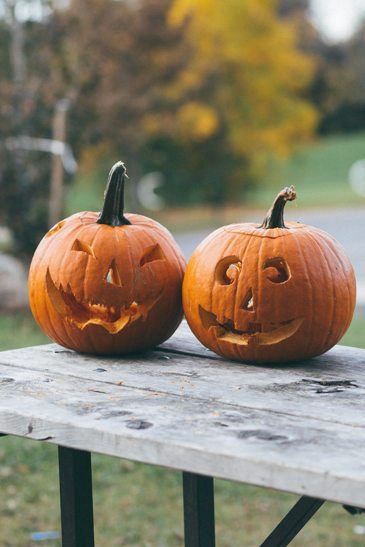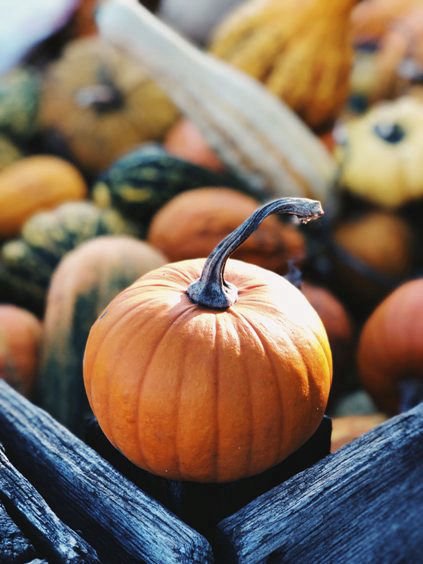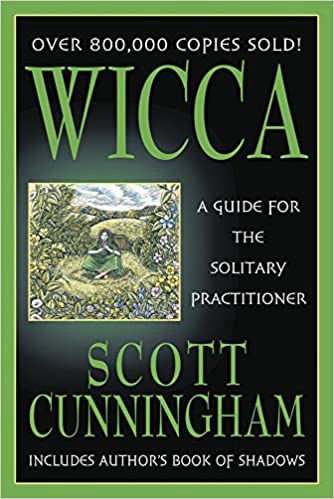
Copyright © 1989 Scott Cunningham
Place upon the altar apples, pomegranates, pumpkins, squashes and other late autumn fruits. Autumn flowers such as marigolds and chrysanthemums are fine too. Write on a piece of paper an aspect of your life which you wish to be free of: anger, a baneful habit, misplaced feelings, disease. The cauldron or some similar tool must be present before the altar as well, on a trivet or some other heat-proof surface (if the legs aren't long enough). A small, flat dish marked with an eight-spoked wheel symbol should also be there (The cauldron, seen as the Goddess).
Prior to the ritual, sit quietly and think of friends and loved ones who have passed away. Do not despair. Know that they have gone on to greater things. Keep firmly in mind that the physical isn't the absolute reality, and that souls never die.
Arrange the altar, light the candles and censer, and cast the Circle of Stones.
Recite the Blessing Chant.
Invoke the Goddess and God.
Lift one of the pomegranates and, with your freshly-washed white-handled knife, pierce the skin of the fruit. Remove several seeds and place them on the wheel-marked dish.


